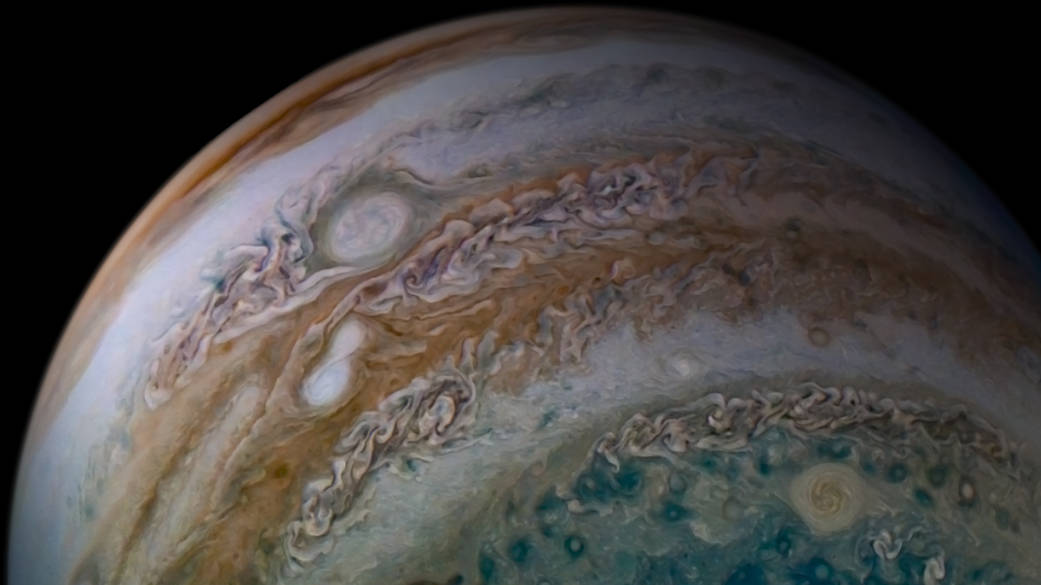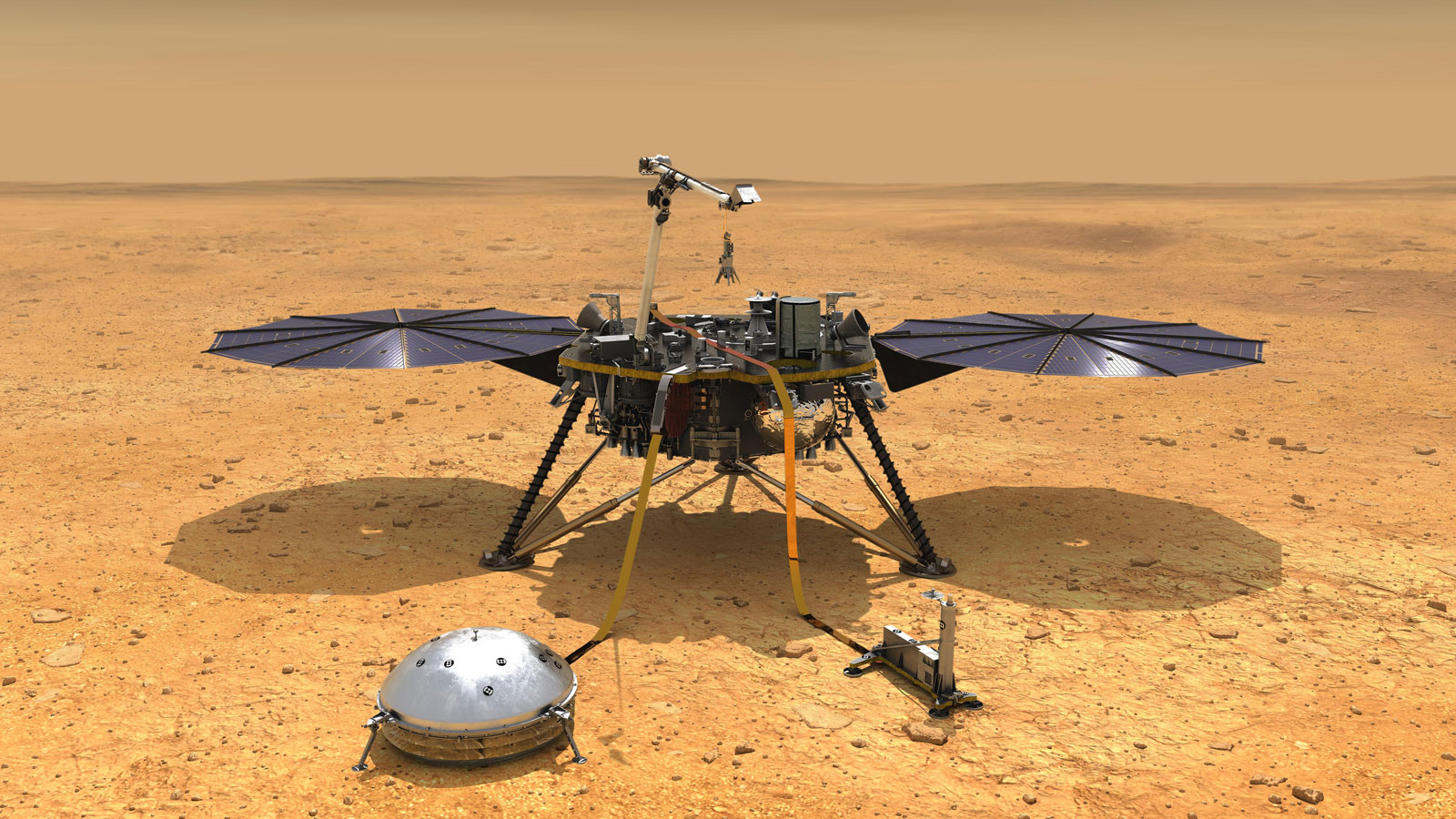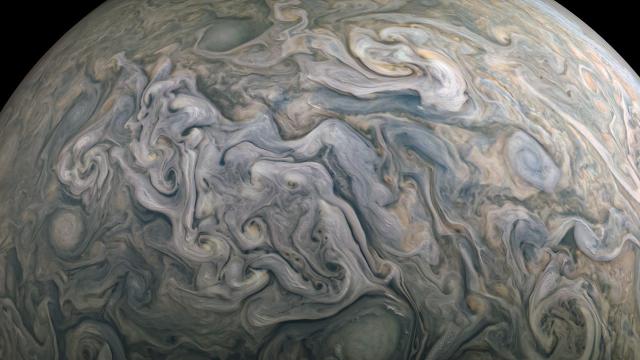A pair of ongoing NASA missions — the Juno spacecraft in orbit around Jupiter and the InSight lander on Mars — have been extended following an external review.
An independent review panel said both Juno and InSight have “produced exceptional science,” and that both missions should be allowed to continue, according to a NASA statement.
“The Senior Review has validated that these two planetary science missions are likely to continue to bring new discoveries, and produce new questions about our solar system,” Lori Glaze, director of NASA’s planetary science division, said in the statement.
The decision must’ve been a no-brainer, as the Juno and InSight missions have been quite successful, and both continue to gather valuable scientific data. What’s more, extending these missions is a heck of a lot cheaper than having to develop new missions. And as NASA pointed out, “extensions allow missions to continue to acquire valuable long-duration datasets.”
Juno arrived at Jupiter in July 2016 where it has been working for the past four-and-a-half years. The spacecraft was placed in a highly elliptical orbit that takes it far away from Jupiter, but during its perijove (closest approach) it comes to within 2,600 miles (4,184 kilometers) of the gas giant’s cloud tops. Juno will make four perijoves in 2021, the first on Feb. 21.

Juno has taken some of the most gorgeous photos ever of Jupiter, and has made important contributions to our understanding of the planet’s atmosphere, interior structure (including shallow lightning and mushy hail), and magnetosphere.
With the extension, Juno will be in business until 2025 — assuming it doesn’t expire first — during which time it will explore Jupiter’s rings (yes, Jupiter has rings) and several large moons, namely Io, Ganymede, and Europa, the latter of which could harbour basic life beneath its frozen surface. The mission extension is welcome news, as NASA was planning to crash Juno into Jupiter later this year to prevent contamination of the Jovian system.

InSight arrived at Elysium Planitia on Mars in November 2018. The stationary lander monitors the Martian weather, detects faint Marsquakes, collects data related to the planet’s dynamic atmosphere and magnetic field, and has the occasional run-in with a dust devil. InSight’s mission will run until at least December 2022, with an added emphasis placed on the monitoring of tectonic activity.
[referenced id=”1660337″ url=”https://gizmodo.com.au/2020/12/watch-the-seven-minutes-of-terror-awaiting-nasas-perseverance-on-its-martian-descent/” thumb=”https://gizmodo.com.au/wp-content/uploads/2020/12/24/ipvkxgqmynoq5enxkbet-300×169.gif” title=”Watch the ‘Seven Minutes of Terror’ Awaiting NASA’s Perseverance on Its Martian Descent” excerpt=”In just 57 days, NASA’s Perseverance rover will attempt a landing on Mars. Mission controllers say it’ll be “seven minutes of terror,” as this new depiction demonstrates in dramatic fashion.”]
The lander’s problematic Heat Probe and Physical Properties instrument (HP3) has been a major headache, requiring much attention from the NASA team and DLR, the German space agency responsible for the probe. Dubbed the mole, it was was supposed to dig down to depths reaching 10 feet (3 meters).
Last word on the mole was that it was completely buried, but it’s still not clear if the device can actually drill any deeper. The probe is probably fine in terms of how it’s supposed to work; the problem has to do with the type of Martian regolith, called duricrust (a cement-like compound), encountered by the drill. Moving forward, NASA will continue to deploy the mole, but at a lower priority.
On Feb. 18, InSight, along with Curiosity, will be joined by NASA’s Perseverance rover. The next-generation rover will need to endure “seven minutes of terror” during its descent stage, as it attempts to make a soft landing at Jezero crater, the site of a former lake and river delta.
